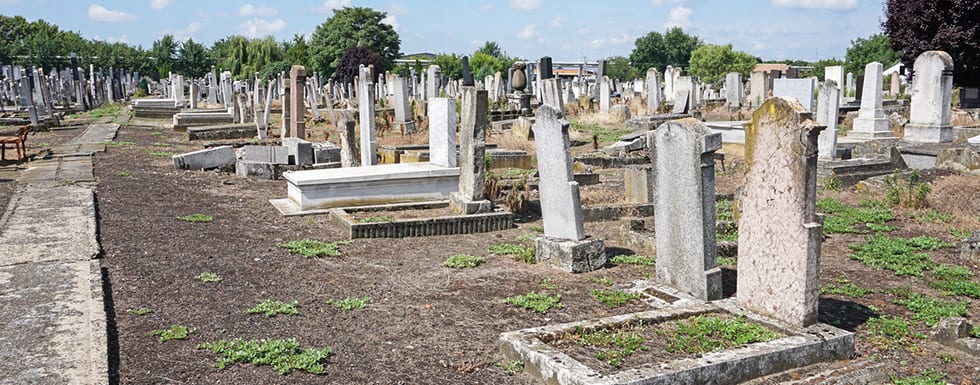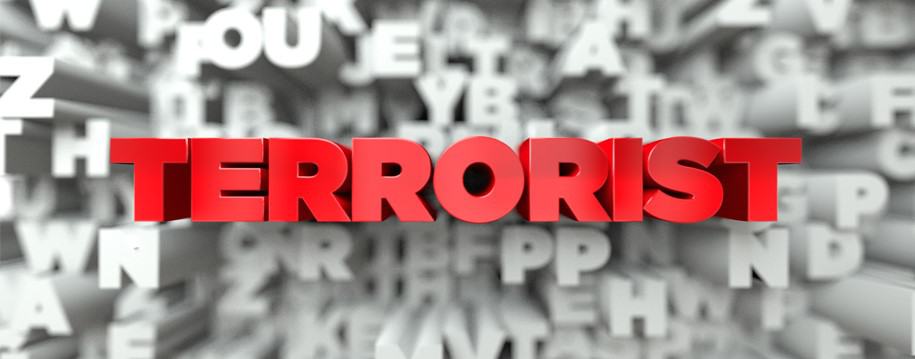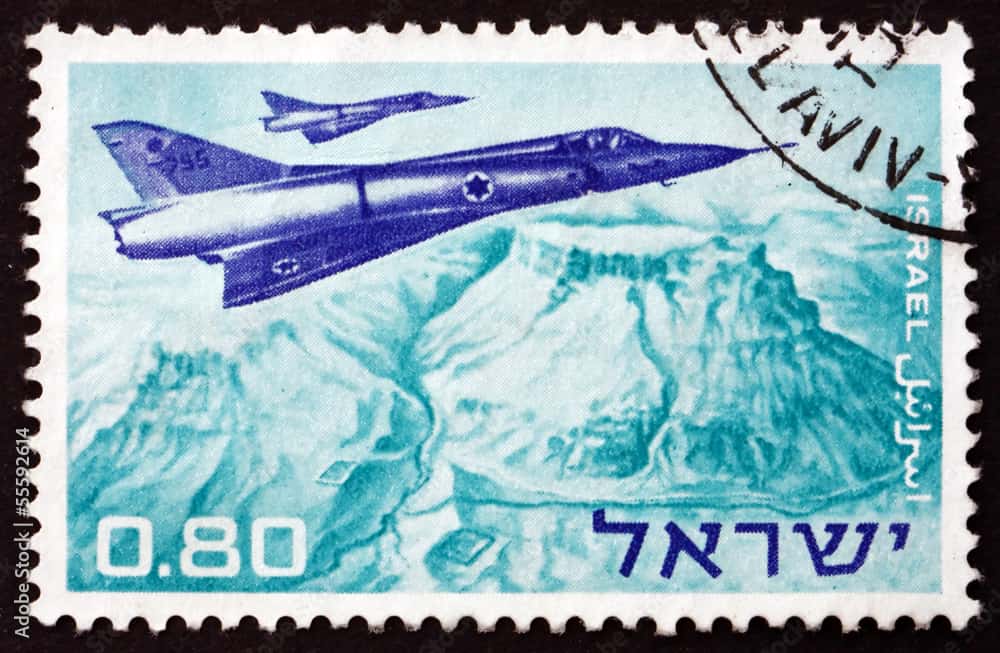
What does your name mean?
Giving the Neshamah an Aliyah
Davening at the kever is a way of honoring the neshamah of the niftar and giving it pleasure. When we daven for the welfare of the niftar’s neshamah, it encourages the niftar to try to help us, even without us asking for that help.
The truth is that any davening gives the neshamah an aliyah, whether it is done at the kever or at home. But there is a minhag to go to the kever at the end of shivah, for the Yom Hasheloshim, on the yartzheit, and for the hakamas matzeivah, and to say certain perakim, including the pesukim of פרק קיט that spell out the name of the niftar.
Spelling out the name of the neshamah
Why? What does spelling out the name accomplish for the neshamah? Honestly, I don’t know. I asked many people this question. One tremendous talmid chacham did a lot of research on the topic and found that the sefer Gesher HaChaim (written about 75 years ago) talks about this minhag. The author writes that we do this l’iluy nishmas. Harav Moshe Mordechai Karp, in his sefer Mishmeres Hasmachos, adds the word u’l’hagen – so that the neshamah should rest in
peace. Again, I am not sure why this helps a neshamah rest in peace. But people have been following this minhag for many years, and as one talmid chacham said, if it goes back that many years, perhaps that in itself is already a source.
What we do know is that the name of a person has meanings rooted in kabbalah. A person’s name actually sums up who he is, and the letters that create the name have deep meaning.
The English alphabet versus the Hebrew Alphabet
The English alphabet we use today developed over time, with various cultures borrowing the letters and changing them to fit their own understanding. Maybe that is why the alphabet doesn’t really make sense. The order of the letters and some of the sounds of the letters are random; they don’t follow a sensible pattern; when we learn to read English, each rule seems to have an exception. Not so the letters of the aleph-beis. No letter in lashon hakodesh is random. Each letter has a lot of kedushah and meaning behind it. The letters of the aleph-beis are the building blocks of the Torah. And nothing in the Torah is just because. As an example, let’s look at the letter bais. It is shaped like a house, and the meaning of the word “bais” is house. (In halachah, the minimum definition of a house is a structure with three walls.)
Here is something amazing to think about:
- There are 22 letters in the aleph-beis. Perek kuf-yud-tes has 22 parts , one for each os in the aleph-beis.
- The number seven is the number that signifies the natural order in this world (e.g., there are seven days in a week). The number eight is l’maalah min hateva, Each paragraph of Tehillim in perek kuf-yud-tes has not seven, but eight pesukim.
- Altogether there are 176 pesukim in this perek. 22 (letters) x8 (pesukim) in each perek equals 176.
So just the fact that there are eight pesukim for each os, as opposed to seven, teaches us that this is a supernatural perek. There is something very esoteric about this. It is hard to understand what is happening when we say these pesukim.
The Essence of our Neshamah
When I was in sixth grade, my teacher, Mrs. Levitin, taught us that before finishing Shemoneh Esrei, we should recite the passuk that corresponds to our name. She explained that when a person is niftar, the neshamah comes before Hashem and is asked to state its name. The neshamah might become so frightened that it will forget its name! Reciting the appropriate passuk each day at the end of Shemoneh Esrei will help us remember our name at that time.
This seems a little confusing. How can it be that we will forget our name but not a whole passuk? One answer is that when we recite the passuk, we are connecting our name to the passuk, which means we are connecting our name to Torah. Torah is nitzchi, everlasting. When all else is forgotten, this Torah connection will remain and help us remember our name.
As a matter of fact, the middle letters of the word neshamah are shin and mem, which spell shem – name. The name is the essence of the neshamah. A person’s name embodies the traits that Hashem has given him/her. It also signifies a specific mazel. That is why there are many people who are careful to use full names and not nicknames.
At this point, I am considering learning Zohar. (Okay, that was a joke.) I wish I had greater clarity about what is really being accomplished for the neshamah when we learn the pesukim for its name. But one thing I do know: as I recite these pesukim, even thought it might take me a long time, I am giving the neshamah an everlasting gift in Shamayim.
Chevrah Lomdei Mishnah / The Society for Mishnah Study is a 501(c)3 non-profit organization dedicated to providing loved ones eternal merit through Torah Study and Prayer.













